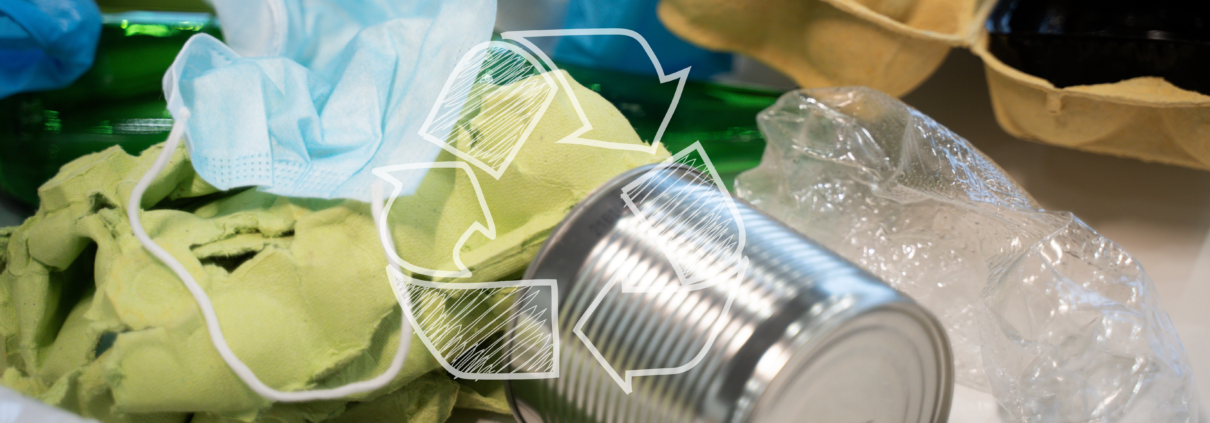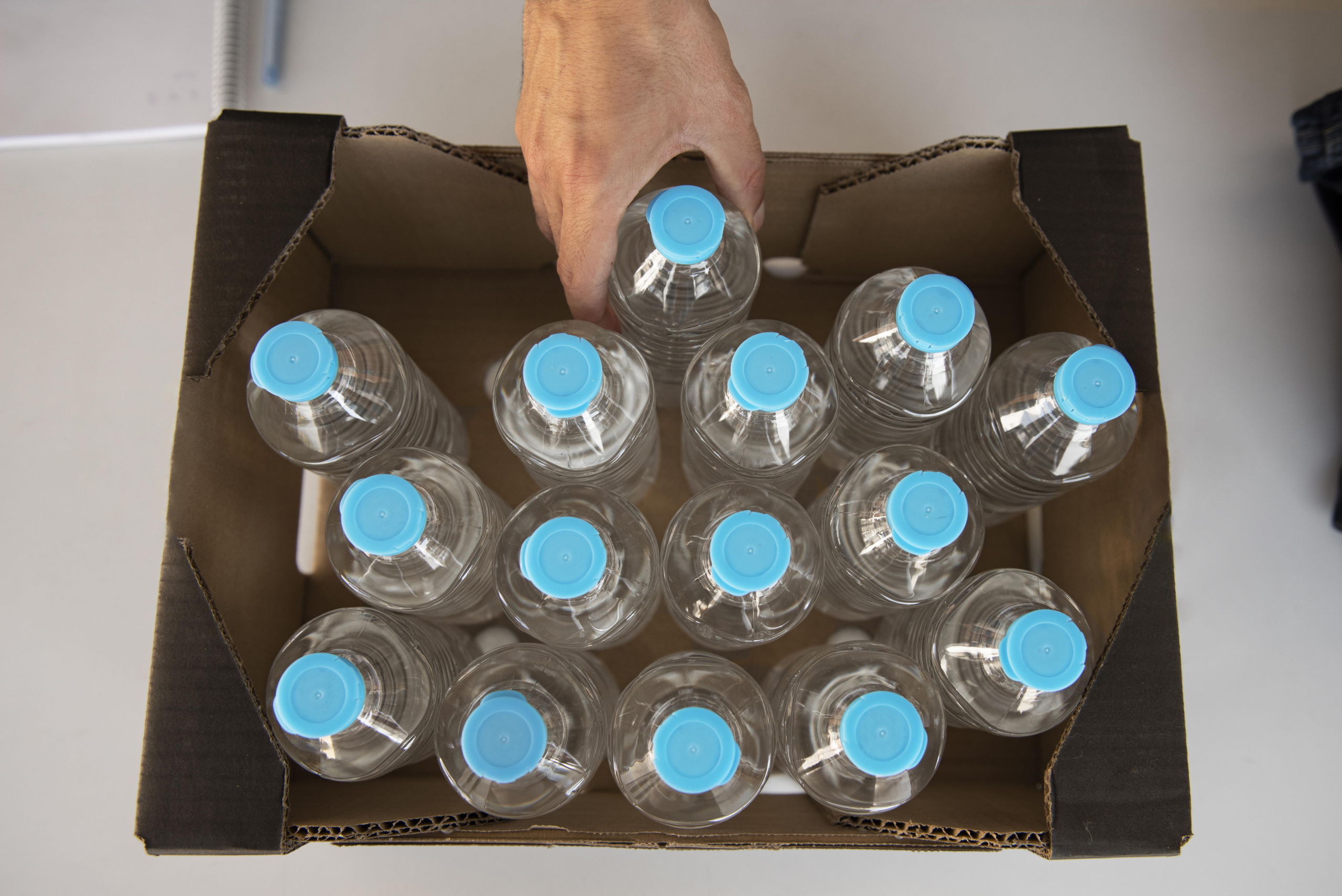
In the year 2023, efforts to improve the recycling of household packaging have borne fruit, resulting in a recycling rate of 65.5%. This achievement is in line with the objectives established in the recently published specifications for the sector, aiming to increase the recycling rate from 63% in 2024 to 69% by 2029. Concerning graphic papers, the recycling rate reaches 60%, thus approaching the regulatory objective of 65% set for the year 2023 and expected to increase to 70% by 2029.
Revised calculation methodology
It should be noted that the calculation of the recycling rate has adopted a new harmonized European method, now excluding quantities which are not actually transformed into recycled material. This more precise approach differs from the previous method which was based on output volumes from sorting centers, and which overestimated the results by including impurities. This correction resulted in a reduction in the recycling rate, bringing it down to around 65.5%, compared to a previous estimate of 72%. Although this new estimate is more faithful to reality, it demonstrates progress towards a more precise and transparent measurement of the recycling rate.
Analysis by material type
By examining the specific data by material, it appears that two materials have already achieved their objectives: steel and glass, respectively recording a recycling rate of 86%. However, other materials such as paper and cardboard, aluminum and especially plastics, remain below expectations, with respective recycling rates of 63%, 36% and 24.5%.
Concerning paper-cardboard packaging, although their sorting is efficient, a significant increase in market demand impacts their recycling. On the other hand, a notable progression is observed for plastics, with an increase of more than 6% in recycled quantities, attributed to the simplification of the sorting process and the development of new recycling channels.
Initiatives to boost recycling
The year 2023 was marked by the launch of several initiatives aimed at boosting recycling. The relaunch of the deposit for reuse, with the development of five standard packaging and the ReUse project, aims to establish a national reuse system, involving ten major producers and distributors.
In addition, significant investments have been made, with 35 million euros allocated to 152 projects as part of the EncoRE plus de réemploi » « EncoRE plus reuse » call for projects, whose funding is expected to reach 100 million euros this year.


Progress in collection
In the area of collection, notable progress has been made, in particular with the generalization of the simplification of the sorting process across almost the entire territory. In addition, a call for expressions of interest (AMI) with 62 million euros over the period 2023-2024 has been launched to support out-of-home collection.
In conclusion, the year 2023 marked significant progress in waste management, with tangible progress in the recycling of household packaging and promising initiatives to support this dynamic. However, challenges persist, particularly in plastics recycling, requiring continued and coordinated action to achieve the targets set for the years to come.
Future prospects and challenges
Despite the progress made, the road to fully sustainable and circular waste management is still long. To fully realize the potential of recycling, several challenges must be addressed.
First of all, it is essential to improve public awareness and educate on the importance of sorting and recycling. Targeted information campaigns can help encourage responsible behavior among consumers.
Next, continued investment in the research and development of innovative recycling technologies is needed to efficiently process an ever more diverse range of materials and ensure their reintegration into the circular economy.
Furthermore, close collaboration between governments, businesses and civil society organizations is essential to develop and implement coherent waste management policies and strategies. Financial incentives and appropriate regulations can encourage businesses to adopt more sustainable practices and invest in advanced recycling solutions.
Finally, it is crucial to promote the circular economy as a whole, by encouraging the design of eco-designed products and favoring business models focused on sustainability, such as repair, reuse and sharing.
In summary, although significant progress has been made in household packaging recycling in 2023, there is still much to be done to ensure sustainable and environmentally friendly waste management. By working together and taking a holistic approach, we can turn current challenges into opportunities and create a future where recycling is not only the norm, but also a driver of sustainable development.
Read our article on waste transfer in the EU!
Read also
Questions about CircularPlace?



